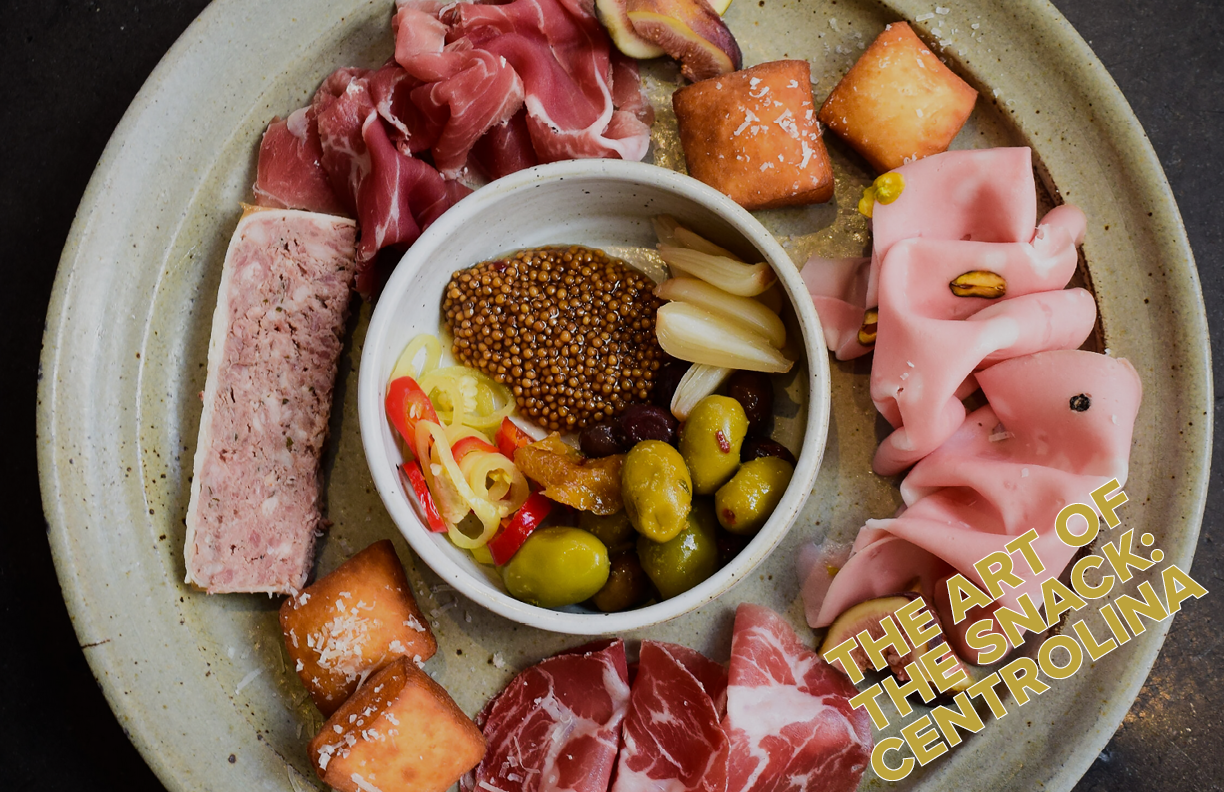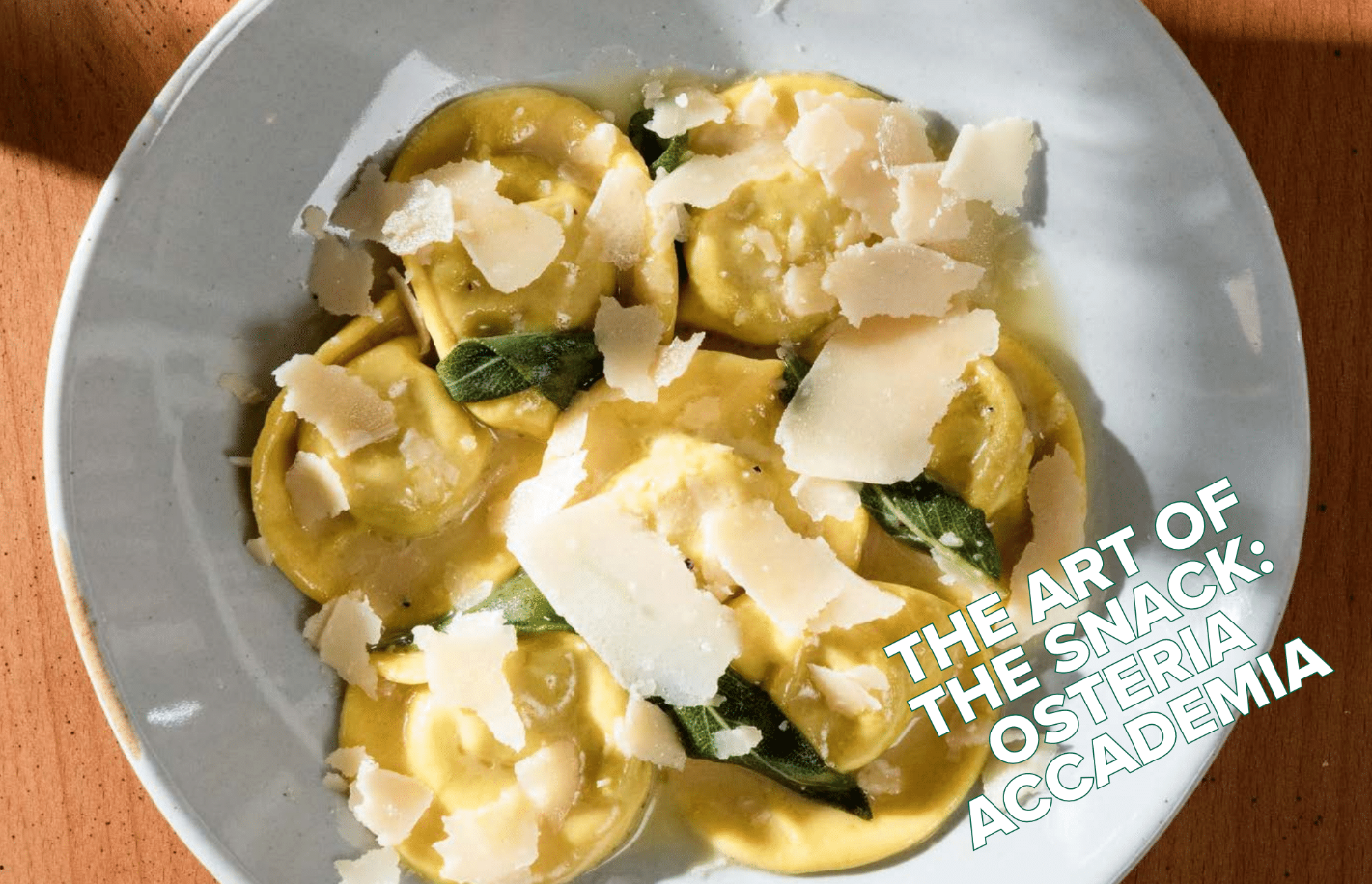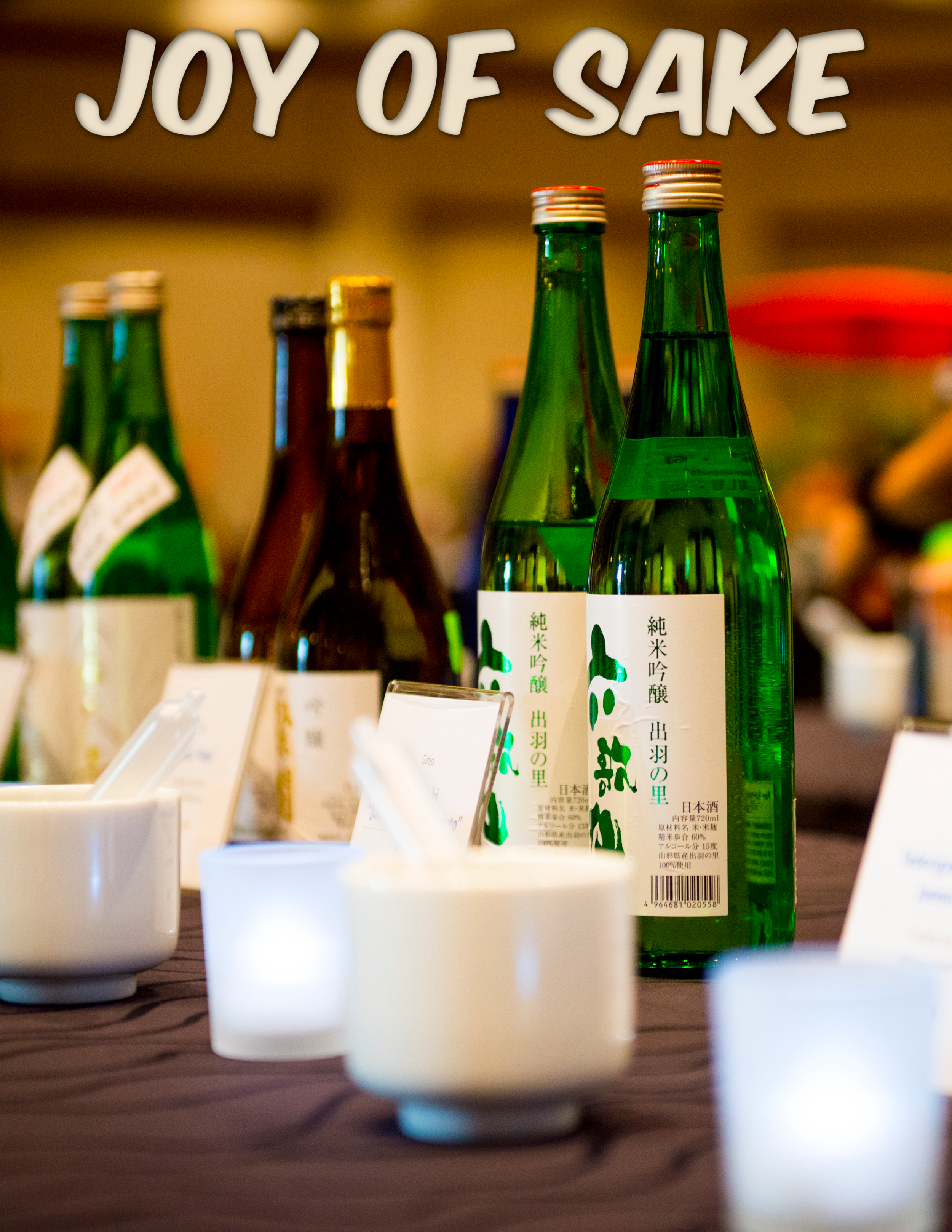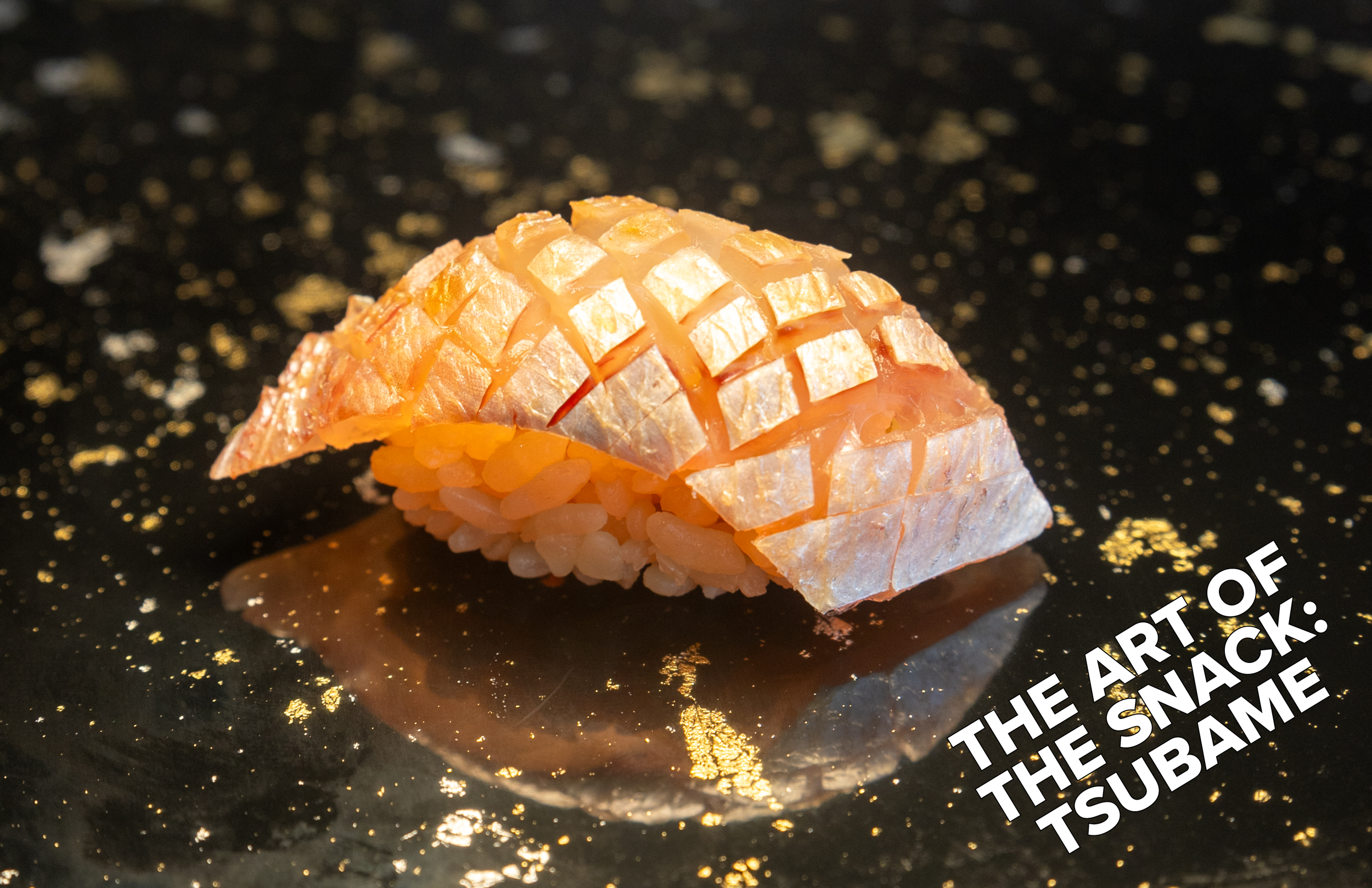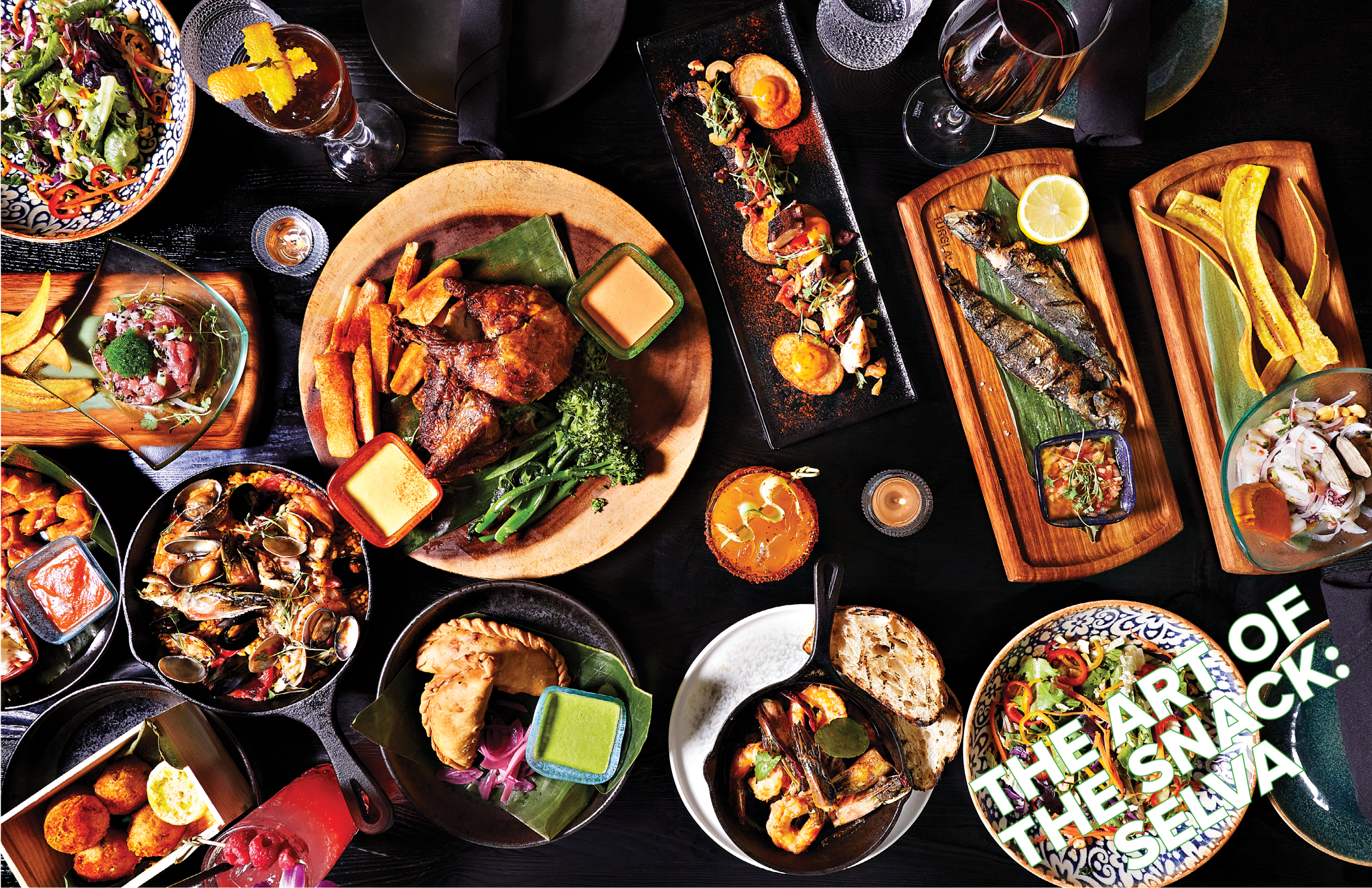NoMad is one of our favorite areas in Midtown and the neighborhood is so accessible. As much as we see it everyday, we always enjoy popping into restaurants where we can take a break, enjoy a great meal whether solo or with friends for lunch and/or dinner!
We have been going to Handroll Bar Rolling since it opened last Summer and we enjoy their tasty handrolls, miso, additional bites, and sake selection! After swinging by a number of times over the past year, we sat down with Olivia Youngmi Ham, who not only owns this restaurant, but she has worked in this industry as a restaurant designer and consultant for over 2 decades! We wanted to know more about her background, the restaurant and what we should have in mind for our next meal.
ATHLEISURE MAG: Tell us about your background and what brought you to the restaurant industry?
OLIVIA YOUNGMI HAM: I have been working as a restaurant designer and restaurant consultant for over 25 years. I own Studio Rolling (Hortus, Mishik Tasting Room, Oases), an interior design company. I've designed and opened over 140 restaurants, bars and cafes in NY & NJ. I always meet chefs, culinary staff, store owners and managers to discuss and develop the menu and restaurant/bar.
I have lots of good ideas to share with everyone and honest opinions about their tastes. Handroll Bar Rolling is my first restaurant as an operator.
AM: Please tell us about Chef Kim!
OYH: Chef Kim has a very high taste level. His mother has had a food business for over 30 years and Chef Kim learned many things from his mother.
He managed and cooked for his mother's small cafe in Brooklyn for a couple of years.
We used our mother's recipes here and there to develop our menu. When Chef Kim and I prepare at Handroll Bar, Chef Kim and I think about what is comfort and clean food for everyone.
AM: Why did you want to open Handroll Bar Rolling?
OYH: I've helped many other restaurant owners. Most of my clients were start-up businesses. I set up almost everything to open the restaurant and I wanted to do one of my own.
AM: Tell us about the ambiance of the restaurant.
OYH: I have many food allergies. I know that food can make my life very happy or unhappy. I select all the ingredients carefully to make everyone happy.
All menus are for 1-2 people. Solo dining is welcome. Handroll Bar Rolling has a very cozy ambiance and everything is well balanced.
Even the music and lighting is not overwhelming. Every element is in harmony.
AM: Why do you focus on handrolls?
OYH: I really like fish and handrolls are small. There are many healthy ingredients that are mixed in. Regular sushi rolls have only one or two kinds of fish in them. You can eat four or five different handrolls if you choose a 4-5 Set menu.
AM: Tell us about the Handroll Sets which is our favorite thing to enjoy when we come in to dine.
OYH: My favorite Handroll Set is 6 Handroll Set - Tuna, Yellowtail, Salmon, Blue Crab, Scallop and Spicy Tuna. They all have different tastes, spicy levels, super fresh, and are tasty.
AM: If we are ordering a la carte what are3 handrolls that you suggest?
OYH: I recommend Shrimp Tempura Rolls, Eel with Avocado and Snow Crab. We have a more premium and unique menu than other eateries.
AM: Do you have seasonal rolls?
OYH: No, but for the Summer time, Cucumber Avocado Rolls are light and easy.
AM: What are 3 sides or specialty items that we should also have in mind?
OYH: Chicken Karaage, Takoyaki and Ebi Potato are good choices.
AM: For those coming in for drinks, what are 3 that we should have in mind to enjoy with friends and family?
OYH: We have a special Shochu Highballs-Yuzu, Peach and Sakura flavors are best sellers. People can also enjoy a non-alcoholic version as a mocktail.
AM: Do you have a Happy Hour and if so, what does this menu look like?
OYH: We have a daily Happy Hour from 4-6pm, Beer $7, Sake $8 and Wine $9.
AM: As we continue to navigate through the Summer and looking ahead to the Fall, are there any events coming up that we can share with our readers?
OYH: There will be an event on Monday, Aug 18 from 7-8pm. We will have a DJ come in and play fun music.
PHOTOGRAPHY CREDITS | Studio Yeonjak
Read the JUL ISSUE #115 of Athleisure Mag and see HANDROLL BAR ROLLING in mag.











